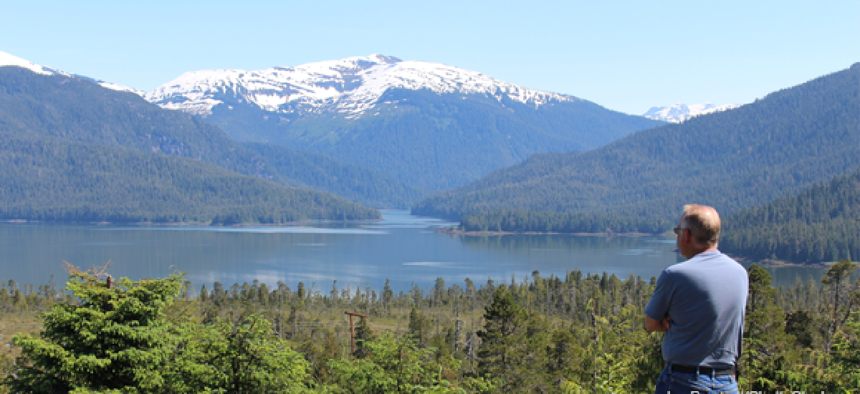Pushing cell service to remote areas, disaster zones


Connecting state and local government leaders
Endaga's CCN1 low-power, open source cellular network provides voice and data service to standard mobile phones.
Whether it's to support Forest Service firefighters, search-and-rescue teams, first responders or rural residents, getting cell service to remote areas is a challenge. Understandably, cellular network providers are reluctant to make major investments to extend coverage to remote areas where there are few potential subscribers.
Endaga, a startup that spun out of the Technology Infrastructure for Emerging Regions group at the University of California at Berkeley, has developed a low-cost alternative for developing countries that could also fill critical gaps in the United States.
Endaga founder Kurtis Heimerl created the CCN1 – named for "community cellular network" – as part of his Ph.D. work at Berkeley. It's a box a little larger than a notebook computer, which makes sense since it is a PC with a few extras added.

"It's just a PC actually, with a specialized software-defined radio," said Heimerl. "It's all commodity pieces – power, amplifier, duplexer. Throw all those in a box with a fan, put it in a tree, and you're ready to run a cell phone network."
Heimerl, of course, exaggerates. While setting up a remote cell network using Endaga's device is very simple for the end user, putting together the technology was a bit more complex. The CCN1 uses OpenBTS, an open-source application that substitutes Internet Protocol and a software radio for telecom cellular protocols and hardware.
"It's basically an open-source implementation of the cellular stack," said Heimerl.
The box, which provides cell coverage in a 6.2 mile radius, draws only about 80 Watts of power, and Heirmerl promises that the next model will draw even less. That's important in remote locations since it is often not practical to depend on fossil fuels.
A system Endaga recently installed in Papua, Indonesia, is powered by a solar panel. And while the CCN1 doesn't have to be installed in a tree, that's where it was sited in Papua.
While the CCN1 communicates with cell phones in the field using standard cell stacks and frequencies, it converts the signals to Voice over Internet Protocol (VoIP) and transmits via a satellite link or long-distance Wi-Fi.
The cost? Approximately $6,000 for a turnkey solution that includes the CNN1 and software for managing the network.
While Endaga has focused primarily on delivering service in remote areas of developing countries, Heimerl says the company is also aware of the potential for the United States. "I'm originally from Alaska," he said. "I've been trying to find the right connections to get into that market."
And it hasn't escaped Heimerl's notice that his technology is also well-suited to delivering service in the wake of natural disasters that have crippled local cellular infrastructure. Endaga's devices could also deliver service to firefighter crews and other teams working in remote areas.
"The disaster-relief use case with this kind of gear is enormous," Heimerl said.




